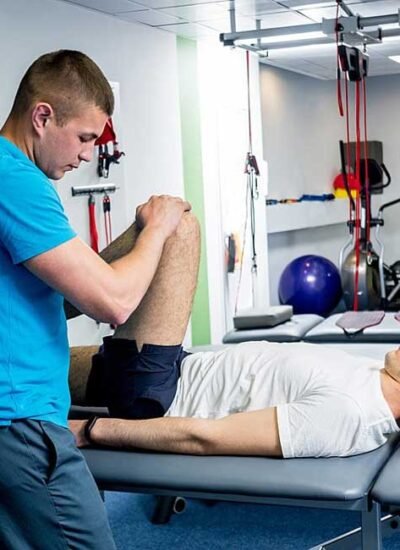Recovering from an injury can be long and frustrating, affecting physical abilities and overall well-being. Pain, stiffness, and reduced mobility can make daily activities challenging, while re-injury risk often lingers. A structured recovery plan is essential to regain strength, restore function, and ensure long-term healing.
Sport physiotherapy plays a crucial role in post-injury recovery by providing targeted treatments that aid in rehabilitation. Through personalized exercises, hands-on therapy, and pain management techniques, individuals can rebuild their strength and safely return to normal routines. This professional guidance accelerates healing and helps prevent future injuries.
How Physiotherapy Supports The Recovery Process
A well-designed physiotherapy program enhances healing, restores mobility, and ensures a full return to physical activity. Each treatment is tailored to the individual’s needs, promoting a safe and effective recovery.
- Restoring Mobility and Flexibility—Injuries often lead to stiffness and restricted movement, making it difficult to regain normal function. Physiotherapists use targeted stretching, joint mobilization, and soft tissue techniques to improve flexibility. By gradually increasing their range of motion, individuals regain comfort and ease in their movements. With professional guidance, patients learn safe and effective ways to maintain mobility, reducing the risk of recurring issues.
- Strengthening Muscles and Joints – Weakened muscles and unstable joints increase the risk of re-injury. Physiotherapy incorporates strength-building exercises to reinforce the affected areas. Strengthening surrounding muscles also provides better support and stability, ensuring a full recovery without lingering weaknesses. Over time, these exercises enhance endurance, allowing individuals to regain full functionality without discomfort.
- Pain Management Without Heavy Medication – Pain can persist long after an injury, affecting daily life and overall motivation to stay active. Physiotherapists use techniques such as manual therapy, dry needling, and heat or cold therapy to reduce pain naturally. These methods help minimize reliance on medication while promoting long-term relief. Pain management strategies are tailored to each patient’s needs, ensuring targeted relief addressing the root cause. By incorporating these techniques into daily routines, individuals can manage discomfort effectively while promoting long-term healing.
- Guided Rehabilitation for Safe Recovery – Returning to physical activity too soon can lead to setbacks. Physiotherapists create structured rehabilitation plans that gradually rebuild strength and function. By progressing through controlled exercises, individuals recover steadily, reducing the risk of re-injury.
- Improving Balance and Coordination – Injuries affecting the lower body, spine, or nervous system can disrupt balance and coordination, increasing the risk of falls or further injury. Physiotherapy incorporates specialized exercises that retrain the nervous system, enhance stability, and improve movement patterns. By restoring proper coordination, individuals regain confidence in their ability to move freely and safely. Improved balance also reduces compensatory movements that can strain other muscles and joints, promoting more natural and efficient movement.
Regain Strength And Confidence With Post-Injury Physiotherapy
Recovering from an injury involves rebuilding strength, restoring confidence, and preventing future issues. Physio treatments help individuals regain trust in their bodies by guiding them through controlled, progressive movements designed for long-term success.
Through expert care and a structured approach, post-injury rehabilitation becomes a journey toward full recovery rather than just a temporary fix. With continued physiotherapy support, individuals can return to their favorite activities with strength, stability, and peace of mind.





Leave a Reply